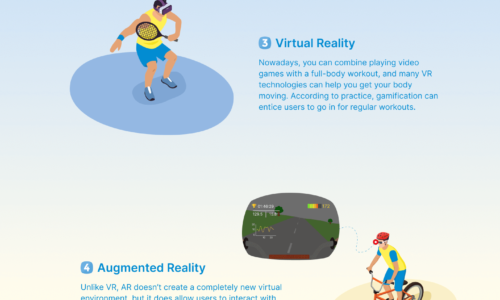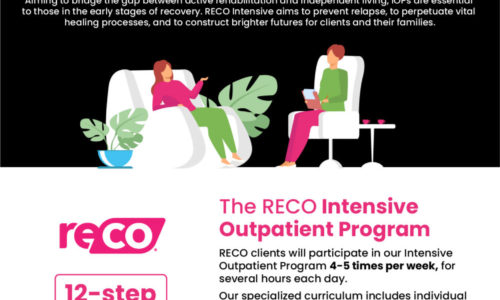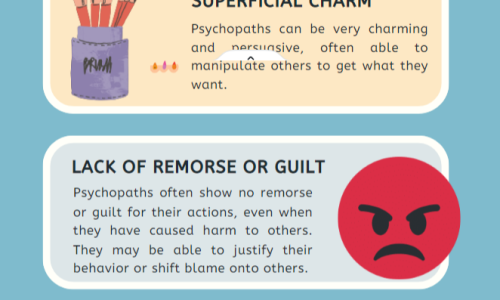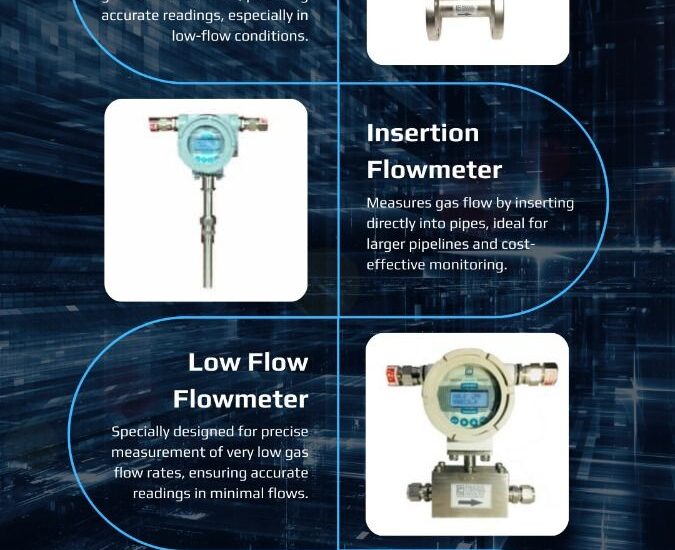The design of websites has surely changed since the publication of the primary website path in 1991. The citizens of the web were the path less in those early years, yet some would at present recollect times when the web looked way, the route changed to now. There are 4 billion individuals online in 2018, as indicated by the United Nations’ organization that regulates interchanges. What’s more, the web they’re communicating with isn’t what it was 25, 10, even 5 years back.
There are numerous things we granted these days, however, the highest priority on the rundown must be web access. A couple of years ago, the web was still in its outset, and website design comprised of organizing blue connections on a page as effectively as would be possible. This infographic from fullestop is a look at the transformative story of website architecture, which is ironically still in its infant stages.
With the presentation of Flash (which is dead now), in 1996, things started to change, as it opened up a universe of design possibilities outcomes that simply weren’t achievable with HTML alone. Designers had the ability to offer highlights, for example, shading changing route apparatuses, tiled foundation pictures, and 3D, intelligent catches. The structure and simplicity of the route of the webpage ended up essential considerations, thus started the introduction of sites which concentrated on the guest experience and usability.
In the late ’90s website, specialists showed signs of improvement and better. They previously had a variety of instruments and projects available to them. With the ascent of Flash, designers could consolidate illustrations into their designs a lot less demanding. This, in turn, offered a considerably more outwardly engaging association for the customer.
If we look at today’s websites, website design is viewed as one of the fundamental parts of each great marketing procedure. Aesthetically, locales have turned out to be increasingly moderate with huge foundation pictures, level illustrations, and mixed typography being ordinary.
That has all originated from the introduction of Web 2.0 which saw the greatest development in web design, with media applications, intuitive content and social destinations, for example, MySpace, Facebook, Twitter and YouTube step by step going to the fore.
The following level of planning and association in the SAFe universe is Value Streams. They are accumulations of sagas intended to make a nonstop stream of significant worth to the customer. This can be viewed as a substitution for custom tasks that can have long lifecycles involved devoted staff, spending plans, and partners alongside refined administration and audit forms.
Looking back at all these long stretches of website design, it is fascinating to see what the future holds. We may turn out to be progressively connected with our environment, or the semantic web will make a rebound.

![]()










